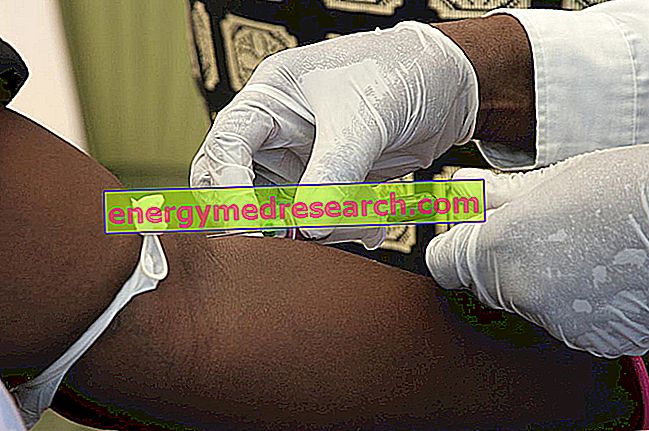
The diagnosis of African trypanosomiasis must be considered in all persons who have stayed in areas of Africa considered to be at risk for the disease.
The first stage of sleeping sickness is difficult to diagnose, as it causes non-specific symptoms, such as fever and weakness. Methods used for the direct identification of trypanosomes include the analysis by light microscopy of blood samples (smear or thick drop) or lymph node aspiration. Other non-specific laboratory findings show pancytopenia, increased VES and PCR and elevated IgM levels.
When the parasite invades the central nervous system and patients begin to manifest neurological and psychiatric symptoms (poor motor coordination, disorientation, convulsions and sleep disorders) the diagnostic assessment requires the analysis of a sample of cerebrospinal fluid . The examination of the liquor allows to isolate the trypanosomes and to highlight high levels of lymphocytes, total proteins, a marked increase in IgM and the characteristic Mott cells (plasma cells with cytoplasmic vacuoles containing immunoglobulins).



